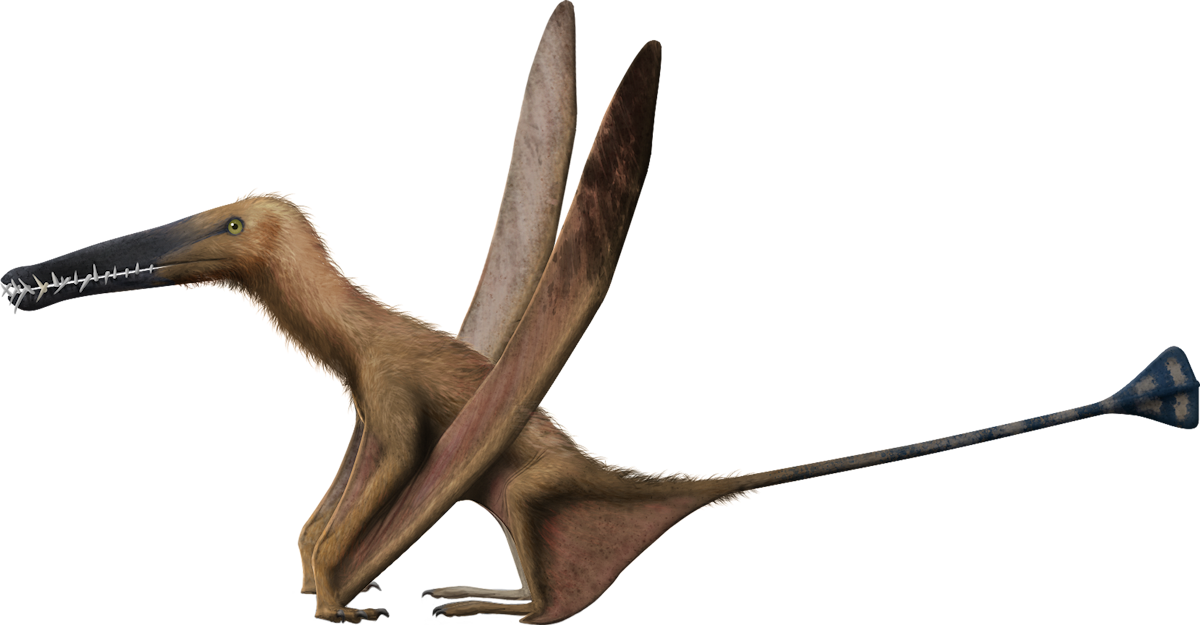Angustinaripterus



A non-pterodactyloid pterosaur from the Middle Jurassic of China (specifically the Bathonian Stage, at least 160 million years ago), Angustinaripterus was named on the basis of a small, rather complete but still somewhat damaged skull.
The whole skull was estimated to be at least 16.5 centimeters long and Wellnhofer estimated the animal to have a 1.6-meter wingspan, fair for a Jurassic pterosaur. The skull also had a tiny, thin three-milimeter crest on top. The remains come from the famed Dashanpu Quarry in the Szechaun Province, the best Jurassic bonebeds in the whole of China. More specifically, they are from the Shaximiao Formation.
The only species in the genus is A. longicephalus, named in 1983 by He, Xinlu and colleagues. The genus can be restored with a certain degree of confidence based on both the holotype skull and its closest relatives.
Angustinaripterus is closest to fellow Chinese pterosaur Sericipterus and together they are part of the subfamily Rhamphorhynchinae, part of the wider Rhamphorhynchidae. Their other close relative is the North American genus Harpactognathus. Angustinaripterus has different kinds of teeth, including broad interlocking ones in front of the mouth and smaller teeth at the back.
1.6 m (5.3 ft)


